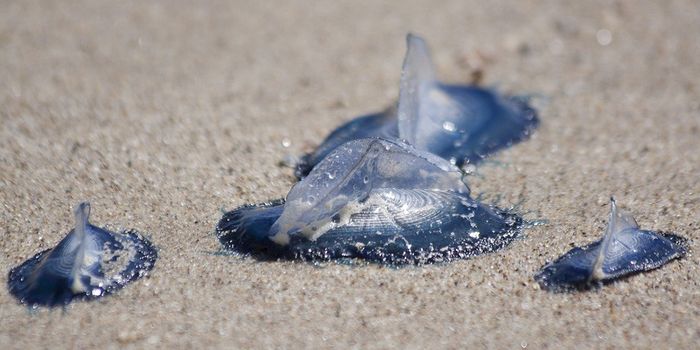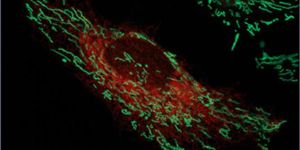What cannot kill can still inflict terrible harm - this is what makers of the thalidomide drug found out too late. Thalidomide was marketed as a potent sedative to a postwar era when people experienced high anxiety and sleeplessness. Because German developers could not find a lethal dose in rat studies, the drug was touted to be safe for everyone, including women and children. It gained special popularity with expectant mothers as it seemed effective at relieving morning sickness symptoms. But five years after the drug entered the market in 46 countries, it was recalled and banned for causing severe birth defects to over 10,000 babies worldwide.
Interestingly, thalidomide never entered the US market because the FDA inspector Frances Kelsey was cautious over lack of data on the whether the drug could cross the placenta to affect the fetus. Her instincts proved to be lifesaving for thousands of Americans, and many praised her rigorous standards for drug approval. The thalidomide disaster represents one of the darkest moments in the history of pharmaceutical industry. But because of this tragedy, the standards for drug testing and approval are significantly more aggressive, requiring research to show long-term effects in addition to dose lethality.
What the video to learn about the history of this drug and how the tragedy unfolded.








